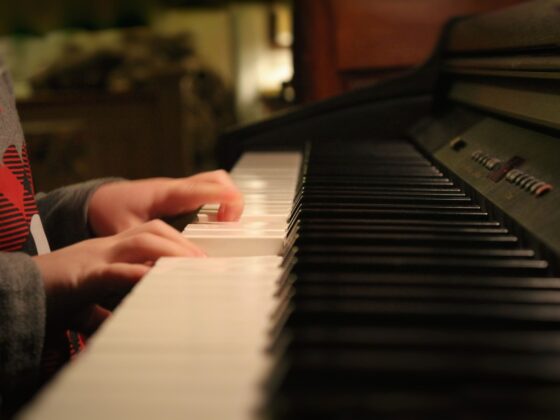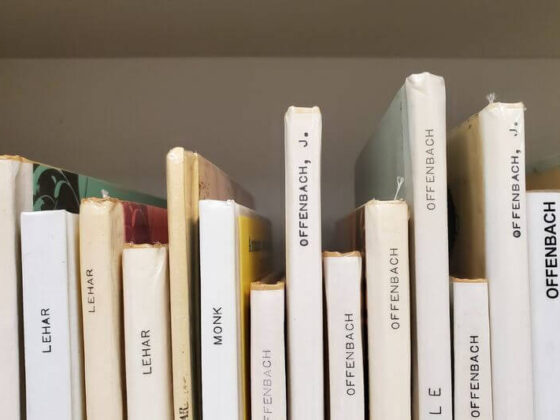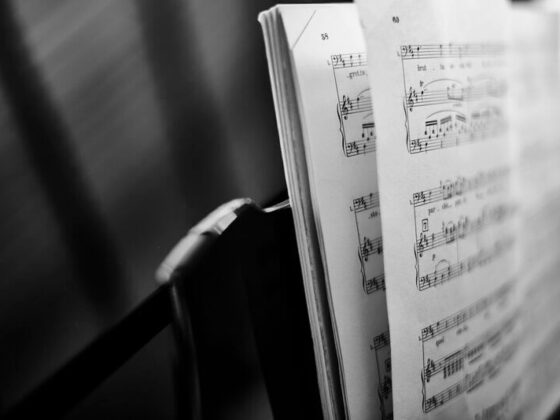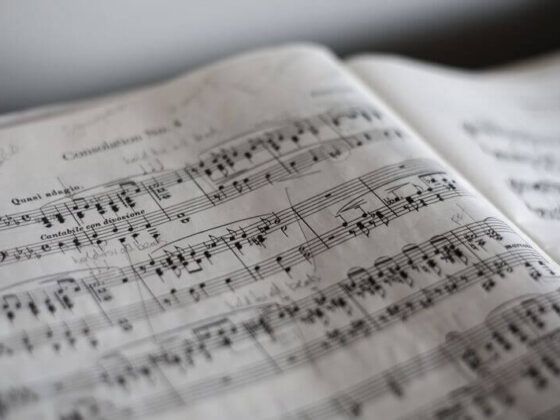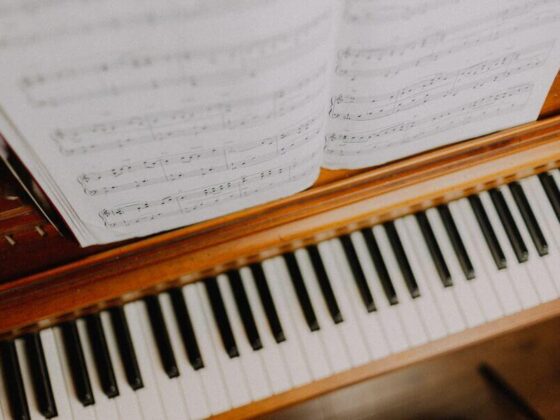Which piano scales to learn first?
I guess every piano player has come across at least once an article, a video, or an expert telling them the importance of learning piano scales. And, they are right. Learning piano scales is crucial if you want to progress on the piano, though it is totally relatable if playing scales is not your favorite thing to do on earth. (Neither is mine)
However, knowing which piano scales you should learn first as a beginner reduces the amount of time you will spend to find the right ones for your level. Because piano scales are very significant and foundational elements of piano playing, you need to have a good roadmap for learning them.
The best starting point for a beginner would be to learn the C major first. It is the simplest and most common scale; therefore, any beginner should first master the C major scale before moving on to the other ones. Other scales should also be learned in the correct order.

While C major scale is a good starting point, there are at least 48 other main piano scales that a piano player is expected to know and play. Without having a good roadmap for learning piano scales, a beginner can get easily lost and feel exhausted.
So, in this blog post, I will try my best to guide you through this important issue.
By the way, if you are a beginner, you might find these posts useful as well:
How Many Piano Scales Are There?
There are 12 major piano scales, 12 minor natural scales, 12 minor melodic scales, and 12 minor harmonic scales, which means there are at least 48 main piano scales you have to learn eventually.
Don’t let this intimidate you though. Once you start learning the piano scales, you will see that they all have the same rule and the same patterns.
Scales are built on the foundations of mathematics and music theory. Therefore, after learning the first few of them, you will learn to play the other scales much more quickly.
The Order of Learning Piano Scales for Beginners
Indeed, there is not a strict rule you should be following to learn piano scales. You can start learning any scale you want and move on to another you choose.
However, it is likely that as a beginner you will find learning some of the piano scales more challenging than the others. The reason for this is that some piano scales such as E flat minor requires good technique and strong finger muscles because of its more difficult fingerings and twists.
Therefore, you should make sure that the scales you are learning are suitable for your level and technical capabilities. I didn’t learn minor melodic and minor natural scales until 2 years ago, because I took my time to master all the major and minor harmonic scales before I was ready to learn more complex ones.
I highly recommend that you have a scale book to practice though. While video tutorials are good to teach you the hand positions, you should have a scale book to see the correct fingerings and accidentals for each scale. Also, practicing scales from a book will greatly improve your sight-reading skills.
All-in-One Piano Scales, Chords & Arpeggios by Hal Leonard Publishing is a great resource to practice piano scales. The book includes chords and arpeggios along with scales, which means you won’t need to purchase another book to learn chords and arpeggios if you have this book. Plus, I really love that the book includes simple theoretical explanations of everything it teaches.
Traditional Approach
The traditional approach for learning piano scales is first to learn the major scales, and then continue with the minor scales.
In the traditional approach, the focus is on starting with the most simple scale and gradually increasing the difficulty by adding a scale that has more accidentals each time.
Learning Major Scales
Major scales are taught first because unlike minor scales, major scales have only one type, which makes them easier to memorize and play.
If you are learning the scales for the first time, I suggest that you start with the C major. C major piano scale has no accidentals(black keys), which means you can focus on only improving your scale technique without having to memorize the accidentals at the same time.
You can learn the C major scale in just 10 minutes with this easy tutorial:
Once you’ve practiced the C major scale enough and can play it with ease, you can move on to learning the G major scale. G major is generally the second scale that is taught to piano students because it contains only one accidental, which is F sharp.
Here is another quick tutorial to learn the G major scale on the piano.
The complete order of learning major piano scales is as followed. Don’t move on to the next scale unless you memorize the scale you are practicing: C, G, D, A, E, B, F, B♭/A♯, E♭/D♯, A♭/G♯, D♭/C♯, G♭/F♯.
Learning Minor Scales After Major Scales are Mastered
Minor scales are categorized as natural, harmonic, and melodic scales. Traditionally, minor scales are taught after all the major scales are mastered.
Since there are 3 types of minor scales varying at difficulty levels, you should start with the simplest one, and that is the natural minor scale.
After mastering the natural minor scales, continue with the harmonic, and then the melodic scale.
Again, you should start with the scale that has the least accidental and move towards the scales that contain more black keys.
Therefore, A minor should be the first minor scale you learn.
An Alternative Approach
There is not only one way to learn piano scales. The traditional approach of learning the minor scales after major scales is helpful for beginners to memorize the scales more quickly.
However, I would like to talk about another path you can follow as a beginner to have a better understanding of chord relations right from the beginning.
Each major chord has a relative minor chord. In other words, two related major and minor chords contain the same accidentals (black keys). For example, the relative chord of the C major is A minor. Because C major doesn’t have any accidental, A minor doesn’t have any accidental as well. (I’m not talking about the minor harmonic and melodic scales where the 6th or 7th notes of the scales are raised, it is the minor natural scale that has the same accidentals as its relative major key).
In this approach, you should learn the relative minor after you learn the major scale. For example, after you learn the C major piano scale, instead of moving to G major, you should learn the relative scale of C major, which is the A minor scale.
If it sounds too complex to you, you can watch this 5-minute video on finding the relative minors of major keys.
Conclusion
Learning piano scales are essential for piano playing, and you should have a good roadmap as a beginner.
In general, starting with the scale that has the least accidental is better because it allows you to learn all the keys step by step.


